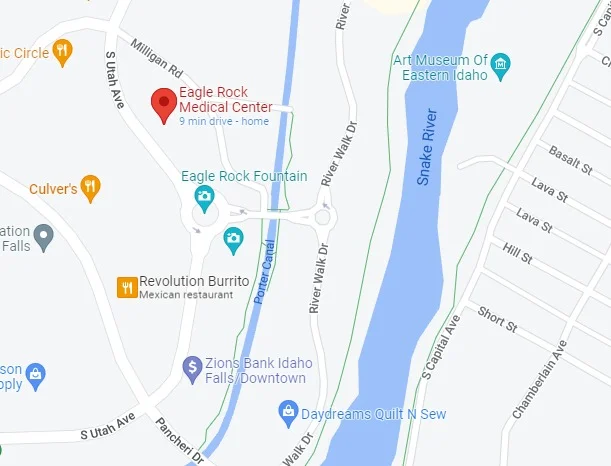- (208) 425-6020
- clinic@eaglerockmedical.com
- 919 South Utah Avenue Idaho Falls, ID 83402
Gait Analysis
Gait analysis is an assessment of the way the body moves, usually by walking or running, from one place to another. The purpose of gait analysis is to detect any abnormalities in locomotion. An individual’s gait is a combination of complex functions involving use of the body’s visual, somatosensory and vestibular systems. Problems within any of these systems, as well as problems in the joints involved, can lead to postural and gait abnormalities.
Reasons for Gait Analysis
Gait abnormalities involve unusual walking patterns that may be caused by disease or injury. Such irregularities can lead to pain in the hips, back, neck, feet, knees or ankles and falls. Gait analysis, also known as walking or motion analysis, is a comprehensive evaluation of the way an individual stands and walks. This analysis can help:
Identify the source of muscle, nerve or skeletal problems
Discover the source of a patient’s pain while standing or walking
Help to diagnose bone deformities or skeletal misalignments
Assist in discovering muscle or nerve dysfunction
Check the progression of diseases like arthritis or muscular dystrophy
Gait analysis, as a noninvasive method of detection, is of great value in identifying certain medical conditions, determining whether further testing is required, and illuminating possible treatment options.

